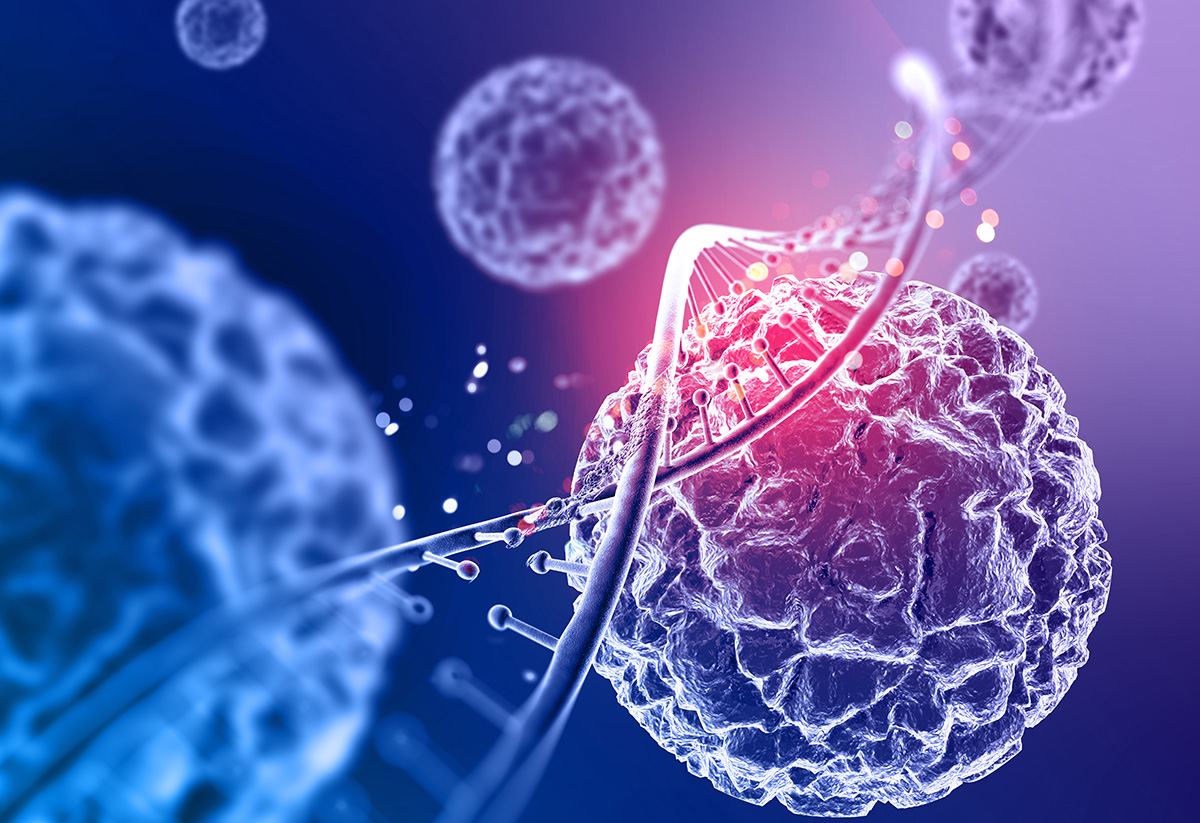Stem cell therapy represents one of the most promising and rapidly evolving fields in modern medicine. By harnessing the body’s own regenerative potential, stem cell treatments aim to heal or replace damaged tissues and organs—offering new hope for patients with previously untreatable conditions.
What Are Stem Cells?
Stem cells are unique cells capable of developing into many different cell types in the body. They serve as a repair system, dividing to replenish other cells and maintain the normal function of organs and tissues.
There are several types of stem cells:
Embryonic Stem Cells: Derived from early-stage embryos, these cells are pluripotent, meaning they can become any cell type in the body.
Adult Stem Cells: Found in tissues like bone marrow and fat, these are multipotent, capable of becoming a limited range of cells.
Induced Pluripotent Stem Cells (iPSCs): These are adult cells genetically reprogrammed to an embryonic-like state, offering pluripotency without the ethical issues of embryonic stem cells.
How Stem Cell Therapy Works
Stem cell therapy involves injecting or implanting stem cells into a patient to repair or replace damaged tissues. These cells can be autologous (from the same person) or allogeneic (from a donor). Once administered, the stem cells may:
- Differentiate into the needed cell types
- Release growth factors that stimulate native tissue repair
- Modulate the immune response to reduce inflammation
Applications of Stem Cell Therapy
Orthopedics: Stem cell injections are used to treat joint injuries, osteoarthritis, and spine conditions by regenerating cartilage and soft tissue.
Neurology: Experimental therapies target conditions like Parkinson’s disease, spinal cord injuries, and multiple sclerosis.
Cardiology: Stem cells have been used in trials to repair heart tissue after myocardial infarction (heart attack).
Hematology: Bone marrow transplants—one of the oldest forms of stem cell therapy—are widely used to treat blood cancers like leukemia.
Autoimmune Diseases: Stem cell treatments may reset the immune system, potentially offering relief from diseases like lupus or Crohn’s disease.
Cosmetic and Anti-aging Treatments: Regenerative aesthetic procedures use stem cells for skin rejuvenation, hair restoration, and scar reduction.
Challenges and Ethical Considerations
– Despite its potential, stem cell therapy faces several challenges:
- Regulatory Oversight: Many treatments are still in the experimental stage and not FDA-approved.
- Ethical Issues: Especially with embryonic stem cells, there are debates around the moral implications.
- Cost and Accessibility: Advanced therapies remain expensive and are often not covered by insurance.
- Unproven Clinics: Some clinics offer unregulated stem cell treatments, posing risks to patients.
The Future of Stem Cell Therapy
Ongoing research continues to unlock new possibilities, from growing organs in labs to treating genetic disorders. Innovations in gene editing (like CRISPR) combined with stem cell technologies may lead to personalized regenerative medicine that could drastically alter the way we treat disease.
Stem cell therapy stands at the frontier of a medical revolution, offering new ways to treat injury and disease at their root cause rather than just alleviating symptoms. While many therapies are still in the trial phase, the progress made so far signals a transformative impact on healthcare in the coming decades.
